How To Stop Wig From Shedding?

Have you ever found yourself frustrated, pulling out clumps of hair from your beloved wig, wondering why the shedding never seems to end?
It's a scenario many wig wearers can relate to - investing in beautiful extensions, only to see them gradually thin out and lose their shine due to persistent shedding.
That's not what we want for you. So you don't have to deal with such gloomy outcomes, let's take a look at some of the causes of wig shedding in this post along with some tips on how to stop your wigs from shedding.
Meanwhile, below are some facts you should know:
● A new wig might shed for a few days but with good shampooing and conditioning, it should stop.
● It is natural to have a few strands on your brush when brushing your wig, there is no need to be concerned. That’s pretty normal.
If these cases are different from what you are experiencing, then check out why your wigs keep shedding below.
Reasons Why Your Wig Shed
Some of the reasons for excessive shedding with or without combing your wigs are:
1. Scratching your head
Your wig may be shedding if you've been scratching your head while wearing it. This is because scratching can loosen the knots make friction create holes, and result in shedding.

If you notice your natural hair is itching, it means you might have a dry itchy scalp. You may need to pay some attention to it too. You can shampoo, condition it (using anti-itching shampoo), and put in some oils, like tea tree oil (Oils like that help with the itching and provide nutrients to your scalp). Keeping your natural hair moisturized will put the itching at bay.
But for whatever reason, if you keep scratching your head while wearing a wig, your hair will shed.
2. Brushing Incorrectly
Have you ever subconsciously taken your brush to the root of your wig to brush through? If you have, you're not alone. We've all at one time done that. But that can affect the wigs and cause them to tangle and shed.

Brushing your hair without being gentle will cause them to pull out eventually. If they are tangled, aggressively combing them out won’t solve the problem, it will only lead to shedding. So, don’t.
3. Not Washing your Wig Regularly
Irregular washing does not only keep your wigs dirty and accumulate products, but it can cause tangles which will result in shedding afterward. Maintaining a good and proper wash care routine is key to keeping your wigs from shedding.
Likewise, using products that contain sulfate, parabens, and alcohol can affect the hair greatly. Regular shampoos have these ingredients in them. So, making use of a regular shampoo is bad for your wigs.
4. Remove all adhesives
Are you used to reapplying glue over another glue? Well, that’s bad. Reapplying glue thins out the hairline - causing patches and loopholes that lead to shedding.

While some people opt for alcohol to remove adhesives, you can use any one of your choice. However, using an improper adhesive removal method like hand-peeling will damage the hair over time.
Also, excessive pulling of the hair due to any glue remnants and washing of the hair while there are still adhesives in it can cause your wig to tangle and then shed.
5. Conditioning the Base of Your Wig
Applying too much conditioner on the base (lace) of your wig creates buildup. At the same time, it loosens the knots on the wigs which can lead to shedding. Heavy-weight conditioners can also add to buildups at the base of your wigs too. That makes it important to go for lightweight products.

Still, not washing these products out properly will damage the wig, making it look dull, and also expose it to shed and damage. You’ll be left wondering what happened and how you can fix it.
6. Over-bleaching the knots

You might want your knots to look so good that you bleach them. However, the downside is that bleaching your knots excessively loosens the knots and that allows your wig to shed.
Related Read: How to bleach knots correctly?
So, what are the solutions, see the next section.
How to Stop Wigs from Shedding?
1. Wig Sealant
If your wig has tracks in them, then seal your wig. This is a good way to reduce excessive shedding. Consequently, you’ll witness just the right amount of shedding when you brush your hair.

To seal your wig, wash and dry your hair first. Then, go to each weft or lace, and apply the wig sealant on them. A product you can use is Fray Check. It’s good and does the job well.
After applying, let the product dry before wearing your wig.
2. Avoid Sleeping with Your Wig On
When you sleep with your wigs on, you create friction that might encourage shedding. Contact of your wig and sleeping sheets can cause friction.
The texture of your sheet’s fabric or pillowcase can reduce the risk of your wig's shedding. Getting silk/satin bedding, pillow case or head wrap will make a difference.
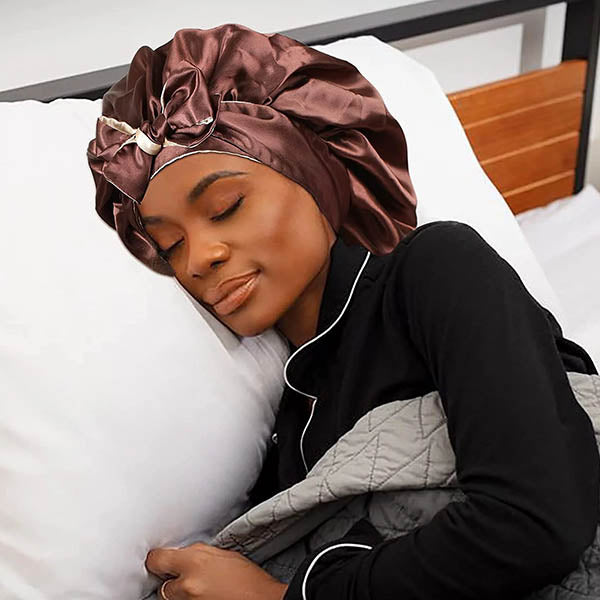
So, we advise that you don’t sleep in your wig. Take it off at night and place it on a wig stand or mannequin. However, if you have your wig glued down and do not want to take it off, then do the following before going to bed:
- Brush every night (It will help against tangling that may occur).
- Twist your hair into braids for more prevention.
- Put on a satin bonnet or scarf to bed. That will prevent your wig from rubbing against your sheets which leads to tangling and shedding.
Related Read: How to sleep with a wig on?
3. Note the Products You Use
We can’t stress the importance of using good products enough. They will help prevent brittle and shedding that comes with using lower-quality products. Avoid using oily or greasy products on your hair extensions as well.

This means you’ll need to purchase shampoos, conditioners, and moisturizers that are suitable for your wig type and can nourish it. We recommend Awesome Human Hair Wig Shampoo & Leave-in Conditioner, and OGX Thick & Full + Biotin & Collagen Shampoo & Conditioner. They are designed with nourishment in mind and that's what they do.
4. Regular Wash Care
Getting the right products for your hair without using them is almost doing nothing. Develop a care routine that will ensure you constantly care for your wigs and keep damage at bay.

You can wash your wig once every two weeks, depending on how often you wear it. In some cases, you may have to wash it weekly, especially if it's your go-to wig.
5. Wash with Love
While you wash, be gentle and careful. You don't have to aggressively pull out every stubborn tangle or scrub the way you will with your clothes.
Take your time to work through them gently. Make use of your fingers moving from the tips up to the root of your wig.
Also, avoid using too many products when you wash to prevent buildup at the base of your wig and when you're done, rinse thoroughly.
You should inform the salon about how you want your wigs to be washed if you're not doing it personally.
6. Detangle your Wig Everyday
Most people don't see the need to detangle their wig every day. Well, that’s not healthy for your hair. Detangle them every day and do it correctly.
Do not leave the sides underneath because the top looks okay. That can cause your wig to tangle and ultimately shed when you comb it.

So, go to all sides and brush them generously, especially the nape of the neck where a lot of tangling occurs most of the time.
In detangling, comb from the tip to the root. This makes it easy to work your way to the root and avoid unnecessary shedding.
7. Styling Manipulation
We all love to style our wigs differently and in whatever way we like. However, styling a wig in multiple ways will eventually make it shed. Stick to simple styles.
Instead, you can invest in buying more wigs in styles you like and wear them whenever you like. For instance, buy a curly, and a straight wig. You can easily rotate between them. That will help your wigs last longer without them shedding a lot.
Similarly, reduce styling with heat. Too much heat on the wig is bad and can cause your wigs to start shedding unnecessarily. You can use heat protection at times when you need to use heat badly.
For drying, do not place it directly under the sun. You can air dry your wig or dry it with a blow dryer on low heat.
Final Thoughts
Again, shedding isn’t necessarily avoidable or bad. But, too much shedding is the problem. It is not normal and terrible for your wigs.
You should consider following the tips on how to stop shedding above and see drastic improvements when you begin. Your wigs should appear nice and shiny instead of shedding a lot after using them. For these reasons, we sincerely hope that you take action and utilize everything we've said.
How have you managed your wig's shedding so far? Let us know in the comments section. If you still have any questions on this topic (how to stop your wig from shedding) as well, please leave us a message in the comment section.





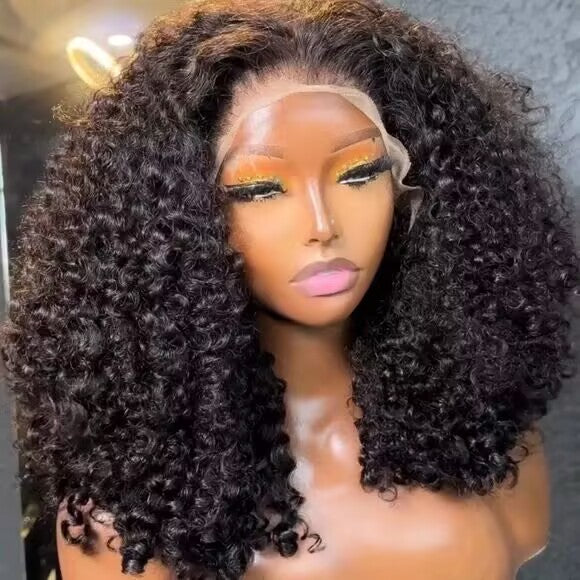
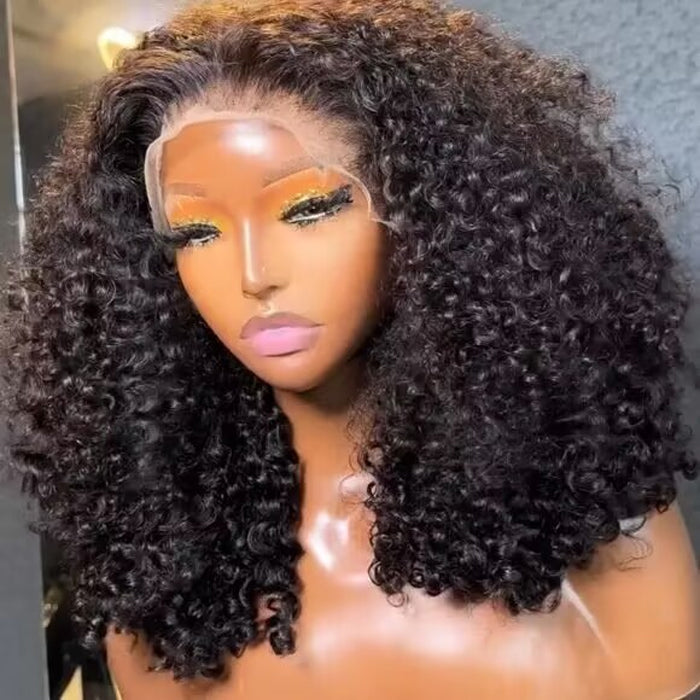







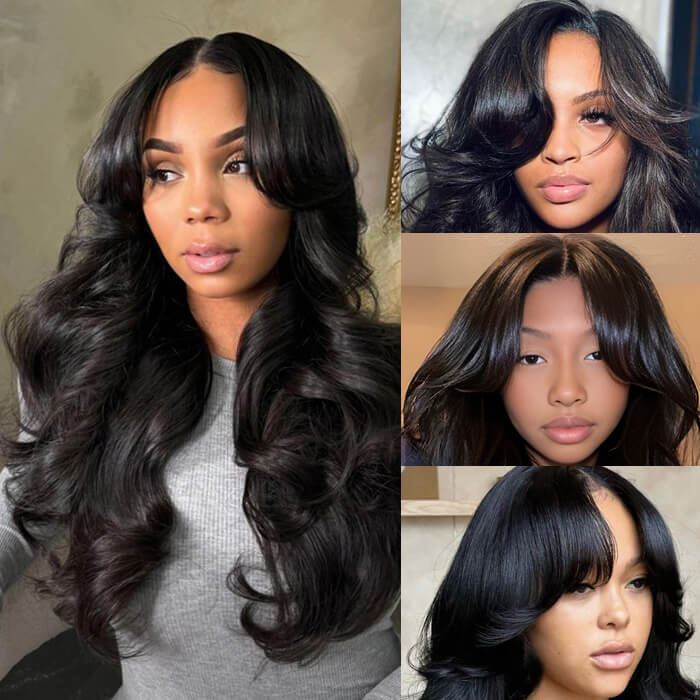


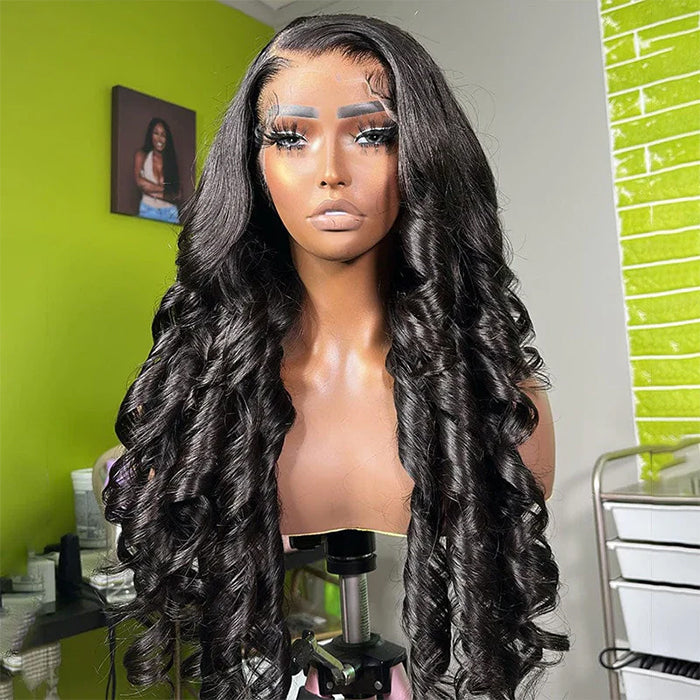

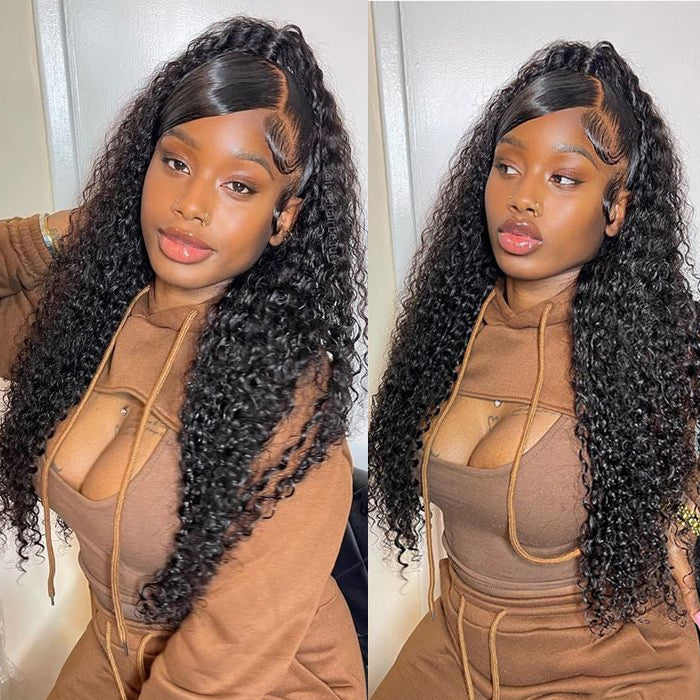

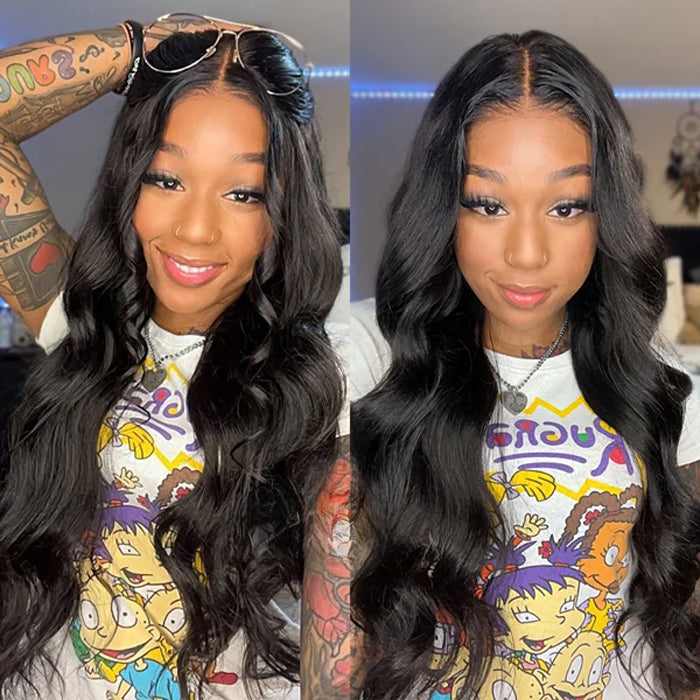
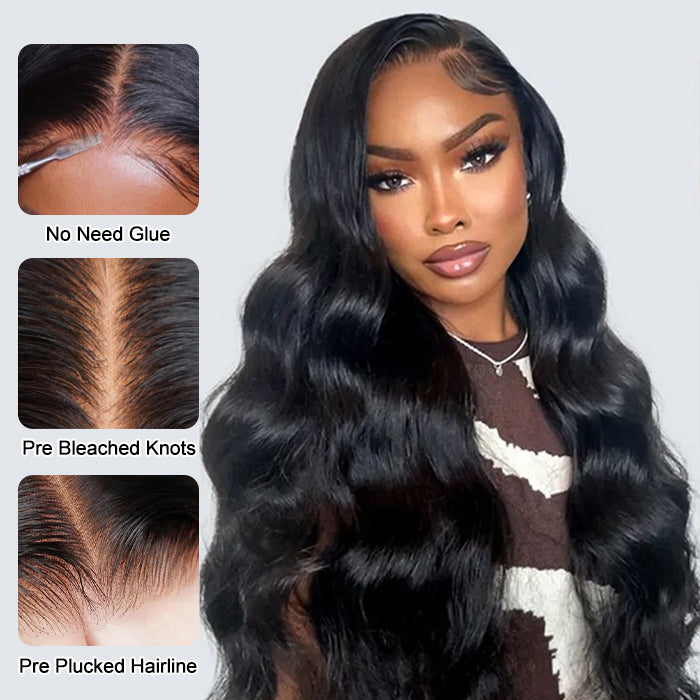
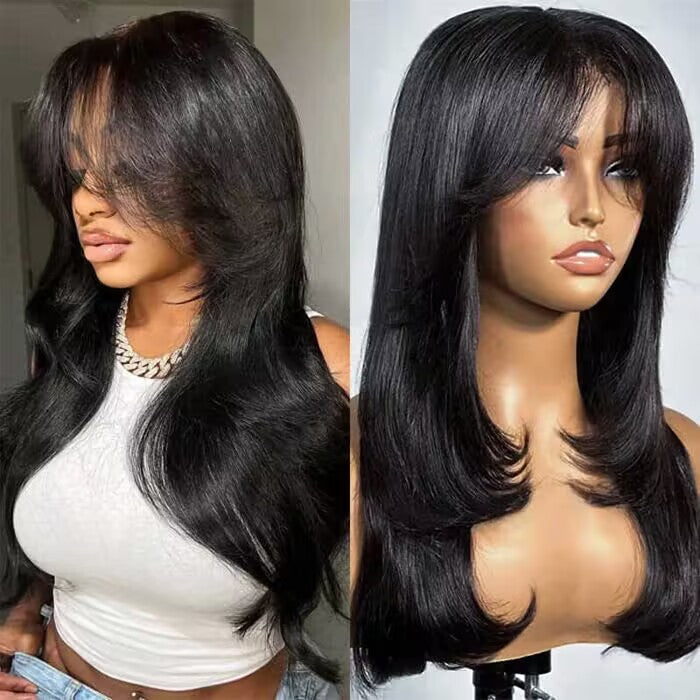
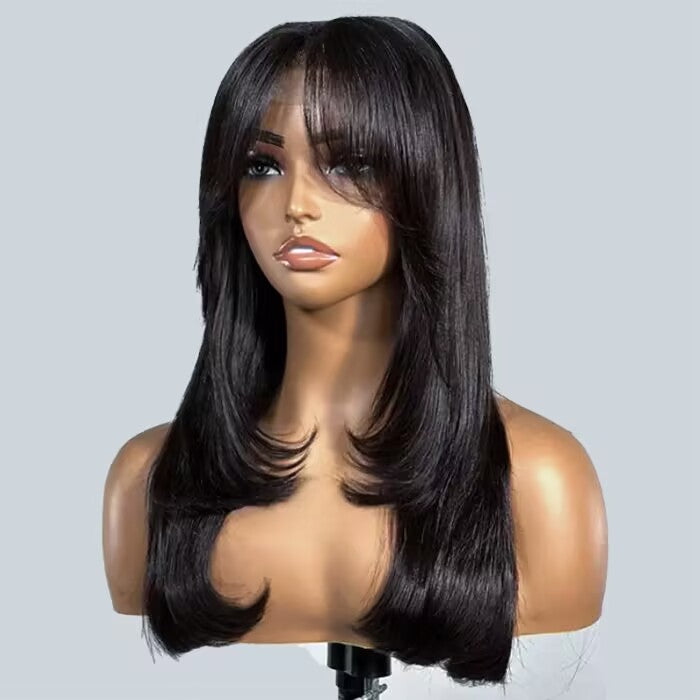
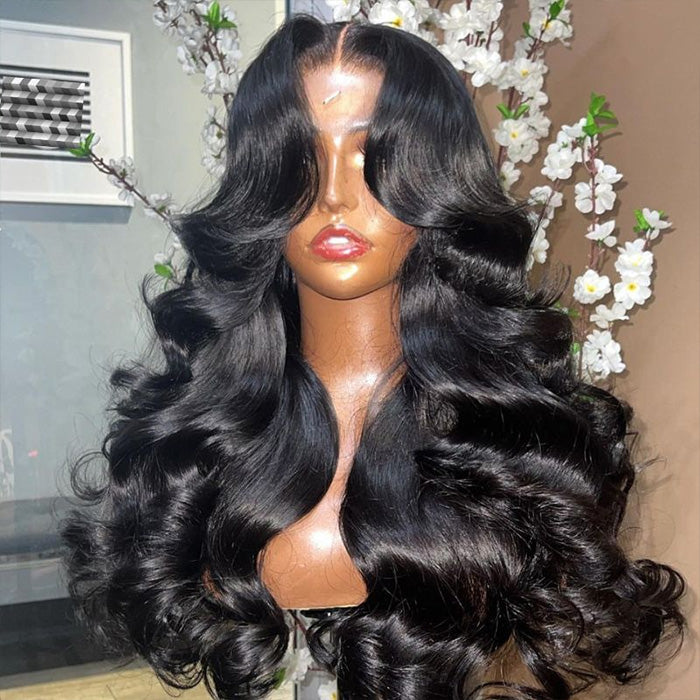
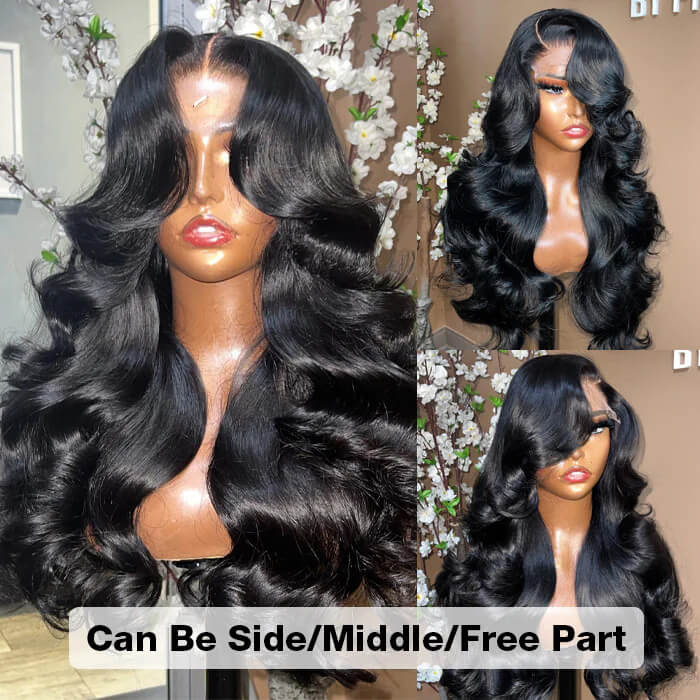
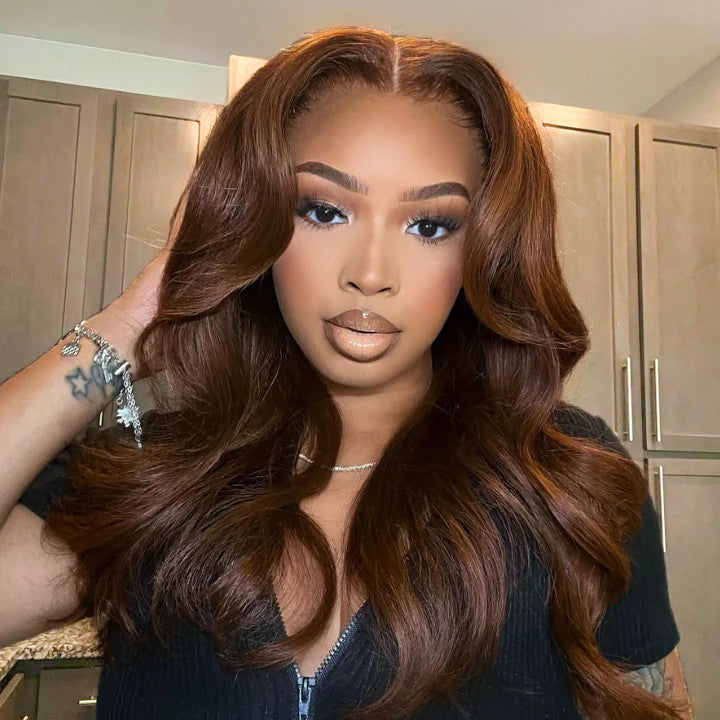

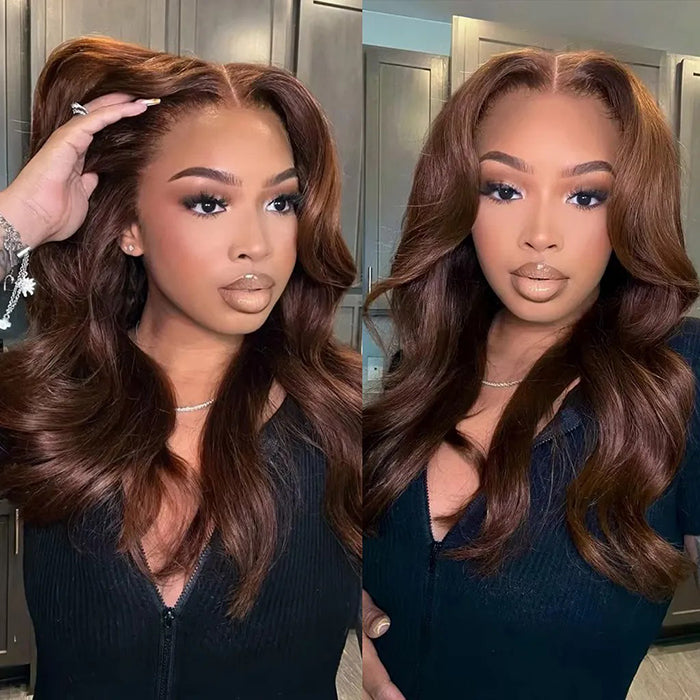

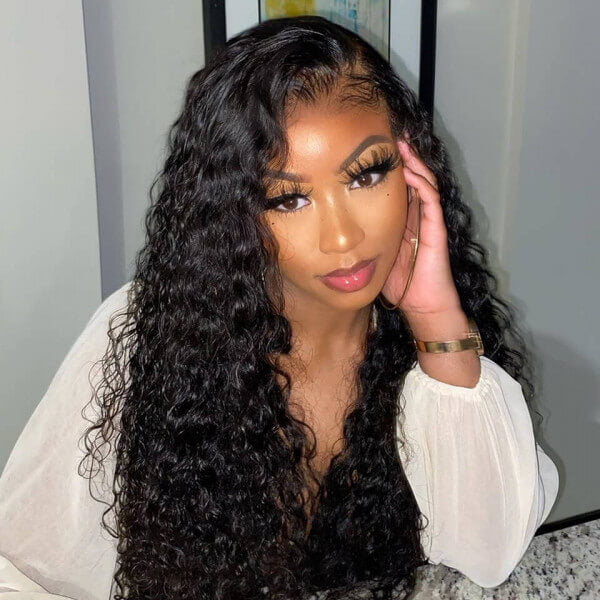

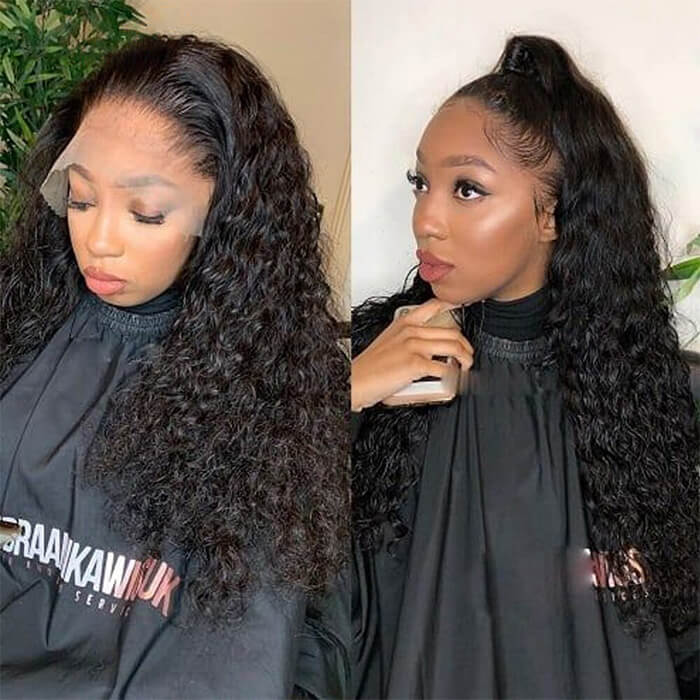
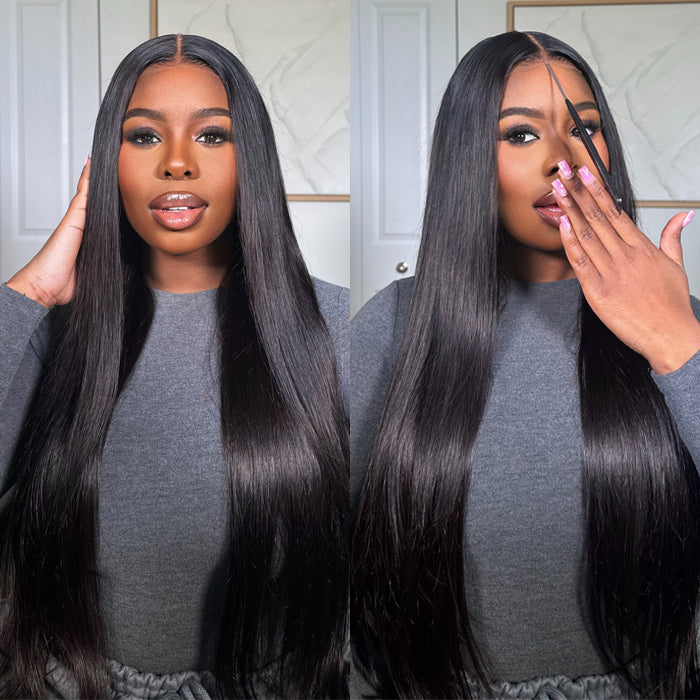
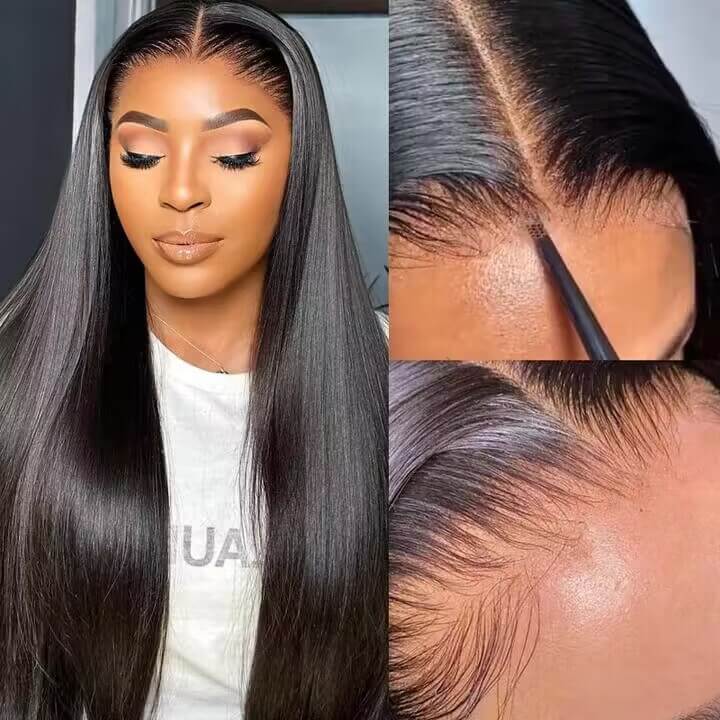
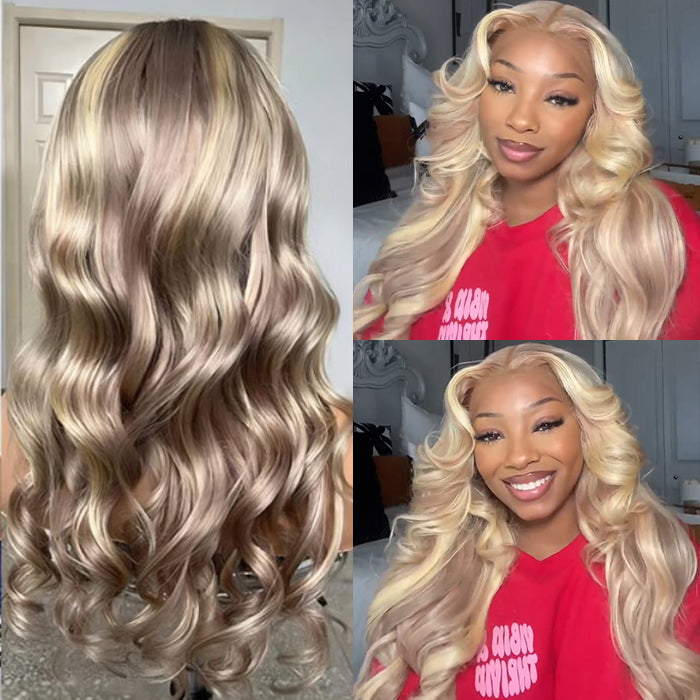
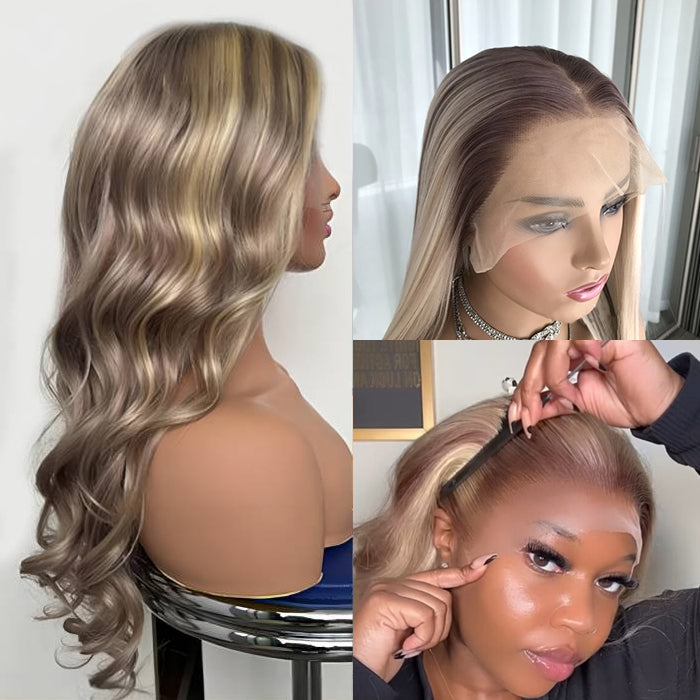
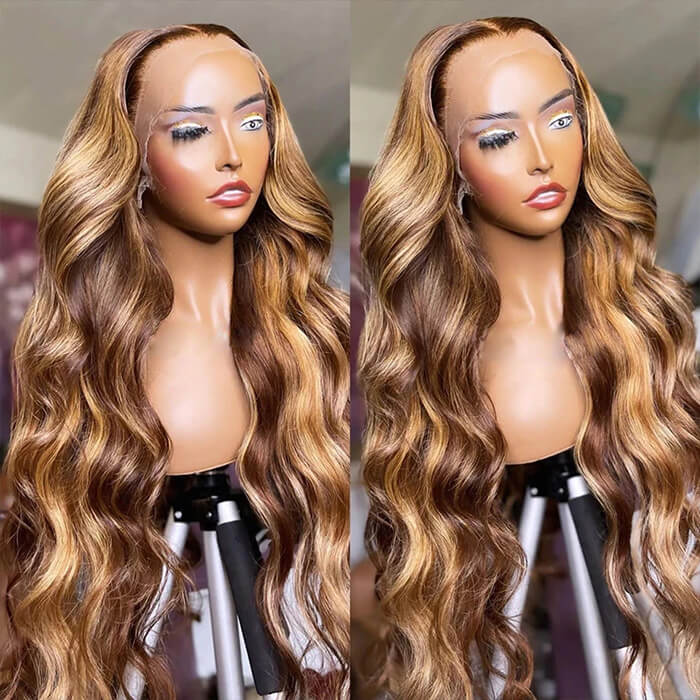
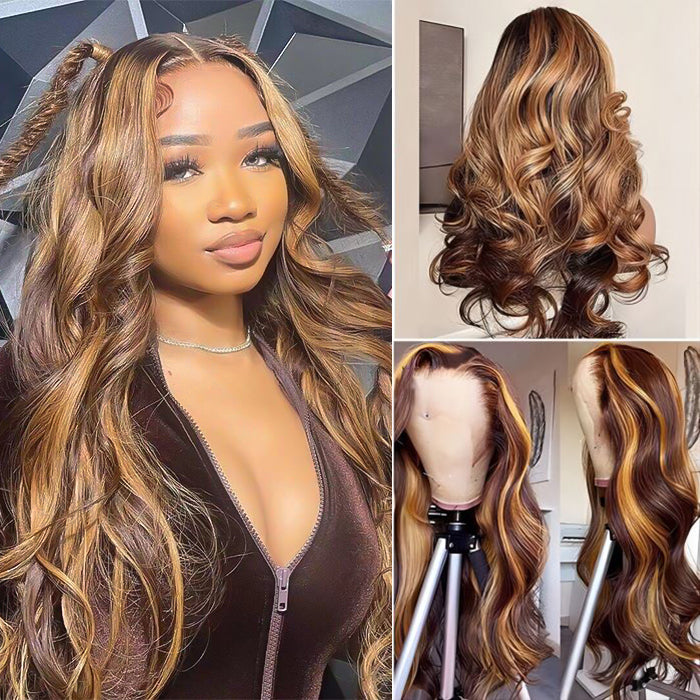
Leave a comment